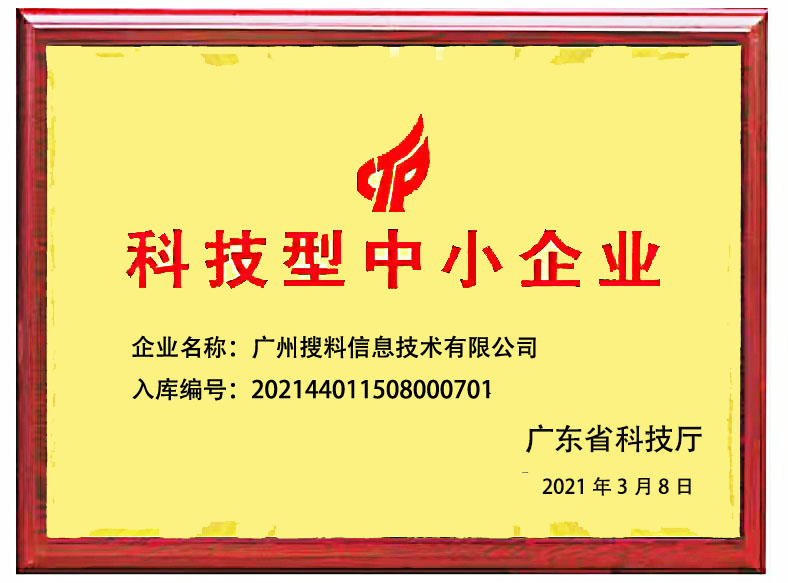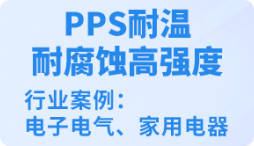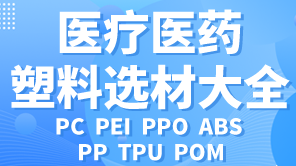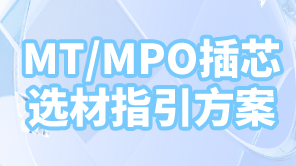
公司信息及水印






| 牌号简介 About |
|---|
| MOTIS集通用性、强度、生物相容性和优越的材料性能于一身,是一种创新工具,将设备性能提升到一个新的水平。MOTIS的核心是一种增强型聚醚醚酮(PEEK)聚合物,其特性是专门针对金属和陶瓷等硬表面开发的。对于设备制造商来说,这意味着增加了设计的灵活性,并重新定义了什么是可能的。优良的生物材料在形式和功能上比以往任何时候都重要。迄今为止,由于固有特性(如强度、刚度)、加工要求或性能限制(如磨损、蠕变和疲劳特性),关节成形术装置的设计和性能受到现有金属、陶瓷和聚合物的限制。通过从根本上重新定义生物材料的特性和性能可能性,Motis克服了设计和加工中的许多限制。为了满足骨科关节置换术的关键要求,MOTIS采用碳纤维技术对天然PEEK的性能特点进行了改进。MOTIS在纤维和基体之间提供了固有的强结合,纤维与基体的界面结合强度至少比超高分子量聚乙烯和碳纤维强一个数量级。此外,MOTIS显示出高度抗蠕变,在50MPa载荷下测量的蠕变小于0.4%,在恒定应力下保持植入物形状和接触面积。 Combining versatility, strength, biocompatibility and superior material properties, MOTIS is a tool for innovation that drives device performance to the next level. At its core, MOTIS is an enhanced polyetheretherketone (PEEK) polymer with properties specifically developed for bearing applications against hard counterfaces, such as metal and ceramic. For device manufacturers, this means increased design flexibility and redefining what is possible. Superior biomaterials, in form and function, are more important than ever before. Until now, arthroplasty device design and performance have been bound by the limitations of existing metals, ceramics, and polymers, due to inherent characteristics (e.g. strength, stiffness), processing requirements, or performance limitations (e.g. wear, creep and fatigue properties). MOTIS overcomes many of these constraints - in both design and processing - by fundamentally redefining biomaterial properties and performance possibilities. To meet the critical demands of orthopedic joint arthroplasty, MOTIS utilizes carbon fiber technology to modify the performance characteristics of natural PEEK. MOTIS provides an inherently strong bond between fibers and matrix, with a fiber-to-matrix interfacial bond strength at least an order of magnitude stronger than UHMWPE and carbon fibers. Additionally, MOTIS has shown to be highly resistant to creep with less than 0.4% of creep measured under loads of 50MPa, maintaining implant shape and contact area under constant stress. |
| 技术参数 Technical Data | |||
|---|---|---|---|
|
冲击性能 IMPACT |
额定值 Nominal Value |
单位 Units |
测试方法 Test Method |
|
悬臂梁缺口冲击强度 Impact strength of cantilever beam notch |
5.7 | kJ/m² | ISO 180 |
|
悬臂梁无缺口冲击强度 Notched impact strength of cantilever beam |
33 | kJ/m² | ISO 180 |
|
热性能 THERMAL |
额定值 Nominal Value |
单位 Units |
测试方法 Test Method |
|
熔融温度 Melting temperature |
343 | ℃ | |
|
线性热膨胀系数 Linear coefficient of thermal expansion |
|||
|
MD MD |
ASTM D696 | ||
|
-- -- 3 |
8.0E-6 | cm/cm/℃ | ASTM D696 |
|
-- -- 4 |
1.5E-5 | cm/cm/℃ | ASTM D696 |
|
机械性能 MECHANICAL |
额定值 Nominal Value |
单位 Units |
测试方法 Test Method |
|
洛氏硬度 Rockwell hardness |
|||
|
M 级 M-level |
ASTM D785 | ||
|
拉伸模量 Tensile modulus |
MPa | ISO 527-2 | |
|
拉伸强度 tensile strength |
ISO 527-2 | ||
|
屈服 yield |
MPa | ISO 527-2 | |
|
屈服 yield 2 |
MPa | ISO 527-2 | |
|
拉伸应变 Tensile strain |
ISO 527-2 | ||
|
断裂 fracture |
% | ISO 527-2 | |
|
断裂 fracture 2 |
% | ISO 527-2 | |
|
弯曲模量 Bending modulus |
ISO 178 | ||
|
-- -- |
MPa | ISO 178 | |
|
-- -- 2 |
MPa | ISO 178 | |
|
弯曲强度 bending strength |
ISO 178 | ||
|
-- -- |
MPa | ISO 178 | |
|
-- -- 2 |
MPa | ISO 178 | |
|
压缩模量 Compression modulus |
MPa | ISO 604 | |
|
压缩强度 compressive strength |
MPa | ISO 604 | |
|
剪切模量 shear modulus |
MPa | ISO 15310 | |
|
剪切强度 shear strength |
MPa | ASTM D732 | |
|
泊松比 Poisson's ratio |
ASTM E132 | ||
|
物理性能 PHYSICAL |
额定值 Nominal Value |
单位 Units |
测试方法 Test Method |
|
密度 Density |
g/cm³ | ISO 1183 | |
|
收缩率 Shrinkage rate |
|||
|
TD:210℃ TD:210℃ |
% | ||
|
MD:210℃ MD:210℃ |
% | ||
|
吸水率 Water absorption rate |
|||
|
23℃,24hr 23℃,24hr |
% | ISO 62 | |
|
熔体表观粘度 Apparent viscosity of melt 5 |
kPa | 内部方法 | |
| 备注 |
|---|
| 1 一般属性:这些不能被视为规格。 |
| 2 Rod |
| 3 Below Tg |
| 4 Above Tg |
| 5 Capillary Rheometer |
|
【新闻资讯】查看全部 
sabic汽车制品运用
2017-08-17 SABIC汽车创新应用 为了满足汽车行业不断变化的需求,混合的材料将发挥作用。这包括热塑性聚合物,已经在无数次应用中得到验证,并且仍然是当今车辆中增长最快的材料之一。 使用 |
|
【免责声明】 广州搜料信息技术有限公司保留所有权利。 此数据表中的信息由搜料网soliao.com从该材料的生产商处获得。搜料网soliao.com尽最大努力确保此数据的准确性。 但是搜料公司对这些数据值及建议等给用户带来的不确定因素和后果不承担任何责任,并强烈建议在最终选择材料前,就数据值与材料供应商进行验证。 |





















































 支付宝
支付宝 微信支付
微信支付